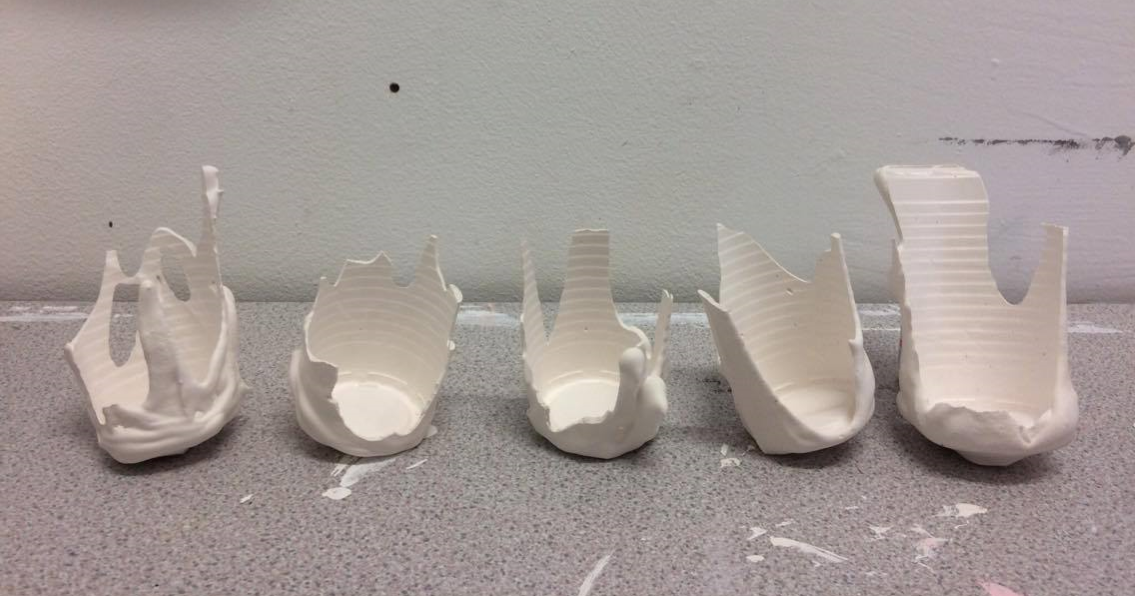


(Items are listed in the same sequence as the drop-down menu). Use the tables on this page to see which material you need, but please call if you are not sure. Silicone, Vinamold, Resin, Clay, Plasticine, Wax, Sundries & Kits Click on the item to view it in the selection area. Plaster-of-Paris, Modroc, Mesh, Fabrics, Alginate, Latex
Stone casting plaster mod#
(b) Model with die.Loading Plaster-of-Paris, Modroc, RTV Silicone liquid rubber (15 Shore A, 25 Shore A) Low and medium viscosity, chromatic dental alginate impression material, Latex rubber, resin, Modroc P.o.P bandage, Mod roc, Modelling rock, clasticine, clay, modelling, moulding and casting kits. The International Organisation for Standardisation (ISO) has classified gypsum products into the following five types: Type IĮdentulous impressions and mounting casts on articulatorsĭental stone, die, high strength, low expansionĭental stone, high strength, high expansionįigure 12.1(a) Model. Excess water in a mixture of gypsum increases the setting time and reduces the strength and hardness of the final product. The less water used in the mixture, the stronger the model. Powder and water ratios of gypsum products are important. It is desirable that all gypsum products are strong, compatible with impression materials and waxes and fluid at the time of pouring into the impression they should also have good dimensional stability.

Many dental appliances and restorations are constructed extra-orally using models, dies (one tooth) and casts (replicas of the patients tooth/teeth and surrounding tissues). It is allowed to set, after which the gypsum and impression are separated, resulting in the positive reproduction of the patient’s tooth/teeth, arch and surrounding tissues. Gypsum materials are combined with water and spatulated to create a slurried mixture that is poured into a dental impression (negative reproduction of the teeth and surrounding tissues). The differences in the types of gypsum are related to the amount of water removed, resulting in varying densities and particle sizes of the material. It is the calcination process that determines the strength of the gypsum material. Plaster and stone are products of the dehydration process. Calcination is the process of heating the gypsum to dehydrate it (partially or completely) to form calcium sulphate hemihydrate. Gypsum (calcium sulphate dihydrate) is a naturally occurring mineral used in dentistry to fabricate models ( Figure 12.1a), casts and dies ( Figure 12.1b).


 0 kommentar(er)
0 kommentar(er)
